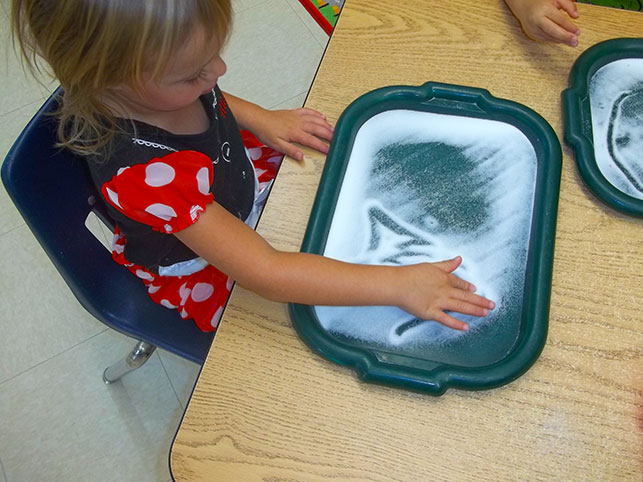Active participatory learning is the foundation of the HighScope learning philosophy. Students have direct, hands-on experiences with people, objects, events, and ideas to construct their own knowledge of the world around them.
In active learning settings, adults expand children’s thinking with diverse materials and nurturing interactions. Adults are partners in the learning process, validating what children already know and then, when the time is right, providing scaffolding or support to gently extend the children’s thinking and reasoning.
Like many other education approaches, HighScope is consistent with the best practices recommended by the National Association for the Education of Young Children, Head Start Program Performance Standards, Colorado Early Learning and Development Guidelines and other guidelines for developmentally-based programs. However, three unique features differentiate it from other early childhood programs:

